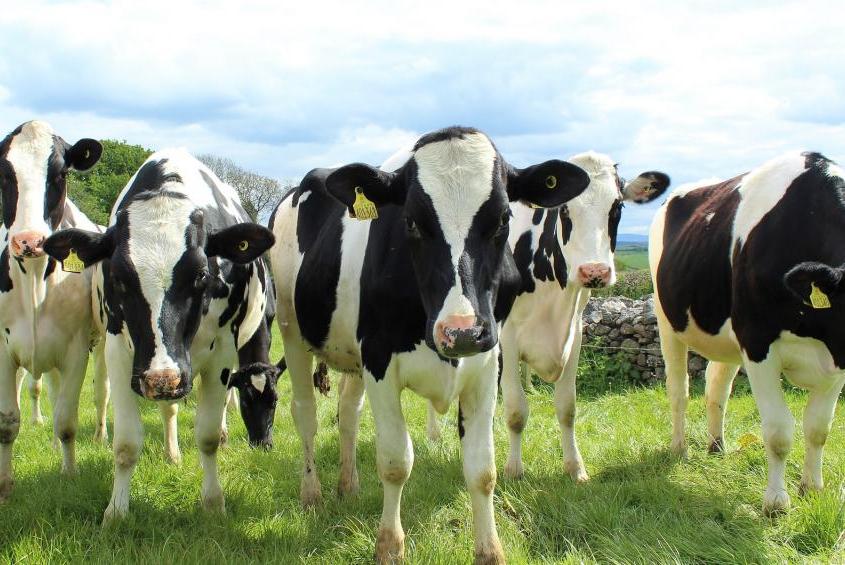
As of January, 9,334,600 milk cows were recorded in the United States, up by more than 17,000 from the average herd size in August, according to U.S. Department of Agriculture figures.
“Last August, the monthly average herd size reached its low point, and then it started climbing again,” said Peter Vitaliano, vice president of economic policy and market research at the National Milk Producers Federation. “Hopefully, the herd expansion won’t go faster than the increase in demand.”
The herd expansion comes at a time when milk prices finally are increasing, Vitaliano said.
Prices plummeted at the end of 2014 and remained low until late 2019. During that time, many small to midsize farms lost money every year and, across the country, farms went under. Wisconsin alone lost more than 2,600 — nearly 30 percent of its dairies.
The issue was oversupply. In 2014, the price of milk hit an all-time high, driven largely by a sudden spike in international demand, Vitaliano said.
American farms rushed to increase their production. But by the end of 2014, those international markets lost their appetite for American milk. Demand dropped, and so did price. Production, however, kept increasing.
“During the low, as margins got tighter, we kept increasing our volume,” said Luke Minich, a dairy farmer in Indiana. “So we were part of the problem. But you have to be. Our expenses don’t change. We’re all in the same boat. We all need gross income, and we get that by adding cows.”
Minich said it is normal for milk prices to cycle up and down over multi-year periods, as high prices encourage farmers to increase production, and low prices push farms out of business.
And that is exactly what happened. In early 2018, the trend of low prices finally reversed as rapidly increasing dairy closures removed cows from the herd faster than remaining farmers could add them.
Between July 2018 and July 2019, the number of cows dropped by about 100,000, and prices recovered.
“The high price from the start of the year is already starting to go down,” Vitaliano said. “That could be from the fact that the herd is expanding.”
After hovering around $15 per 100 pounds of milk during 2018, the price climbed to nearly $19 in January. The futures price opened Friday at $17.23.
What happens to milk prices in 2020 will depend on whether demand keeps pace with increased production, Vitaliano said. And some factors are going in dairy farmers’ favor.
China has promised to majorly increase its purchases of U.S. agricultural goods over the next two years under the phase one trade deal — and dairy industry experts believe that one of the ways it will accomplish that is by increasing dairy imports.
In addition, it’s possible that the cows in places hit with major flooding in 2019 will produce less milk this year, said Darin Von Ruden, a Wisconsin dairy farmer and president of the Wisconsin Farmers Union.
Farmers in those regions had trouble growing cattle feed, so the quality of this year’s feed will be lower, he said. Lower quality feed means cows will produce less milk.
“We’re kind of in a wait-and-see period now,” Von Ruden said. “If production is up from last year, the forecast will be low prices again. But if production doesn’t go up, we might be in for a good year.”























